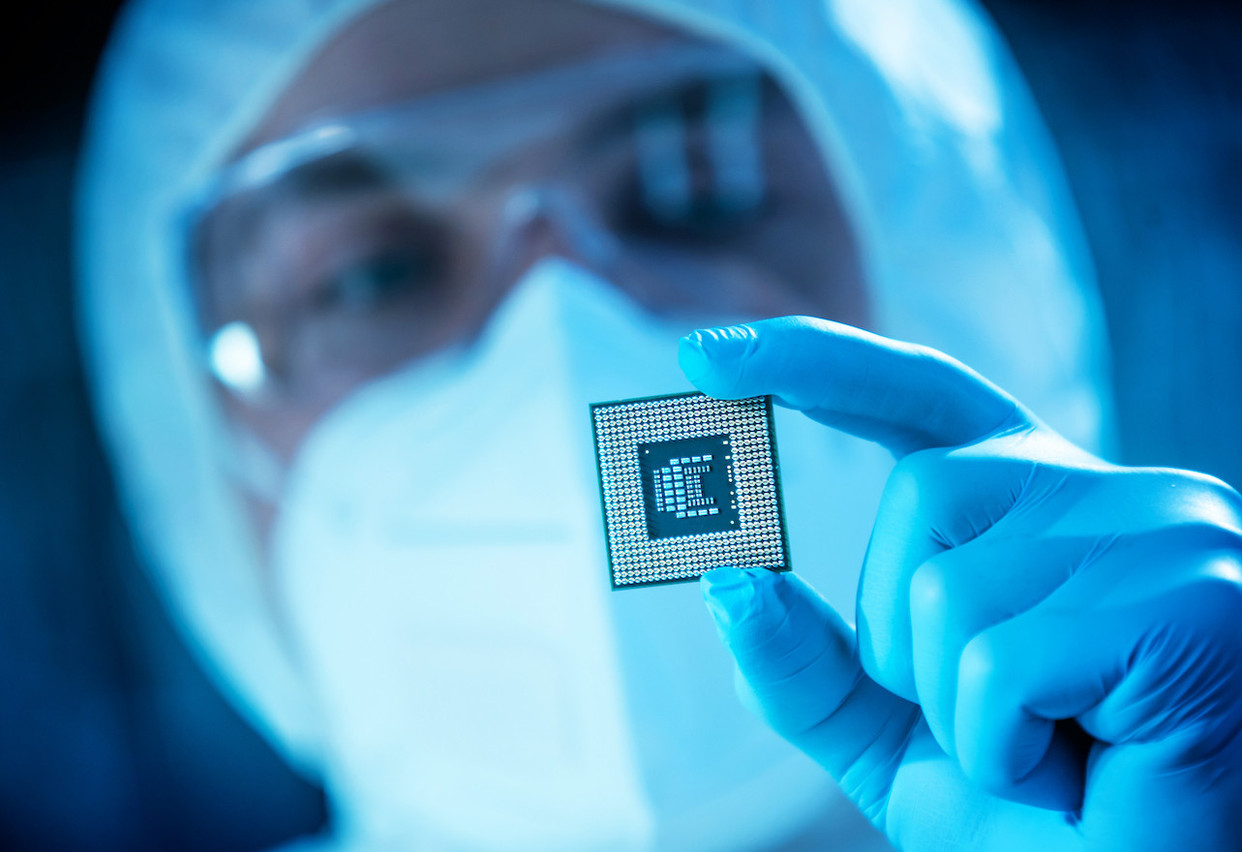Smartphones, cars, satellites and precision military equipment, healthcare systems, energy infrastructure and mobility solutions, communications technologies, the ecological transition: microprocessors are everywhere--yet nowhere in Europe.
Three years after the Chips Act, the European Court of Auditors has published a 77-page report pointing out the many problems that remain before Europe can hope to get anywhere near its ambitions. Criticisms that only called for a six-page response: it is not possible to revise the strategy before June 2026--a century at the current rate of technological change.
An ambitious goal, but out of touch with reality
The Chips Act is based on three pillars: strengthening research and innovation; securing the supply of semiconductors; and setting up a monitoring and crisis management mechanism. To support this strategy, the EU planned to mobilise €86bn in public and private investment. However, the European Commission only directly controls around 5% of these funds, with the rest depending on the member states and the private sector.
The European Court of Auditors believes that the 20% target is “out of reach” and “out of touch with reality.” According to current projections, the EU’s share of world semiconductor production will reach only 11.7% in 2030, compared with around 10% in 2020. To reach the initial target, production capacity would have to quadruple, which seems unachievable at the current rate.
- Insufficient and poorly coordinated funding: the Chips Act plans to mobilise €86bn in public and private investment. However, the European Commission directly controls only around 5% of these funds, with the rest depending on member states and the private sector. This fragmentation of funding leads to a lack of coordination and transparency, making it difficult to assess the effectiveness of investments.
- A risky concentration of investments: the majority of investments are concentrated on a handful of projects and companies. This concentration makes the whole plan vulnerable: the failure or delay of a single project could compromise the achievement of overall objectives. For example, Intel’s project in Germany has been suspended, and other initiatives are struggling to materialise.
- Import dependency: the EU remains heavily dependent on imports of essential raw materials for semiconductor manufacturing.
- High energy costs: chip production is energy-intensive, and energy costs in Europe are higher than in other regions.
- Skilled labour shortage: the sector suffers from a lack of trained personnel, which hinders the development of production capacity.
Fierce global competition
The US, with its own Chips and Science Act, has already allocated more than $52bn to support its semiconductor industry. Companies such as Intel have announced massive investments, although some projects, such as Magdeburg in Germany, have been postponed.
In Asia, Taiwan, South Korea and China continue to dominate the market. China, in particular, is expected to become the world’s leading semiconductor producer by 2030, with an estimated market share of 22%.
The EU has certainly attracted a few large-scale projects, such as the mega semiconductor plant in France or the factory planned for Dresden in Germany. But these initiatives remain isolated and insufficient to achieve the objective set. What’s more, the dependence on public subsidies raises questions about the long-term viability of these projects.
Where do we go from here? In view of these findings, the European Commission is planning a formal evaluation of the Chips Act by September 2026, with a progress report in June. Adjustments are already envisaged, including the acceleration of certain projects and the proposal for a third Major Project of Common European Interest (MPCEI) in advanced semiconductor technologies. However, without more effective coordination and greater investment, the EU risks being left behind in this crucial technological race.
This article was originally published in .
